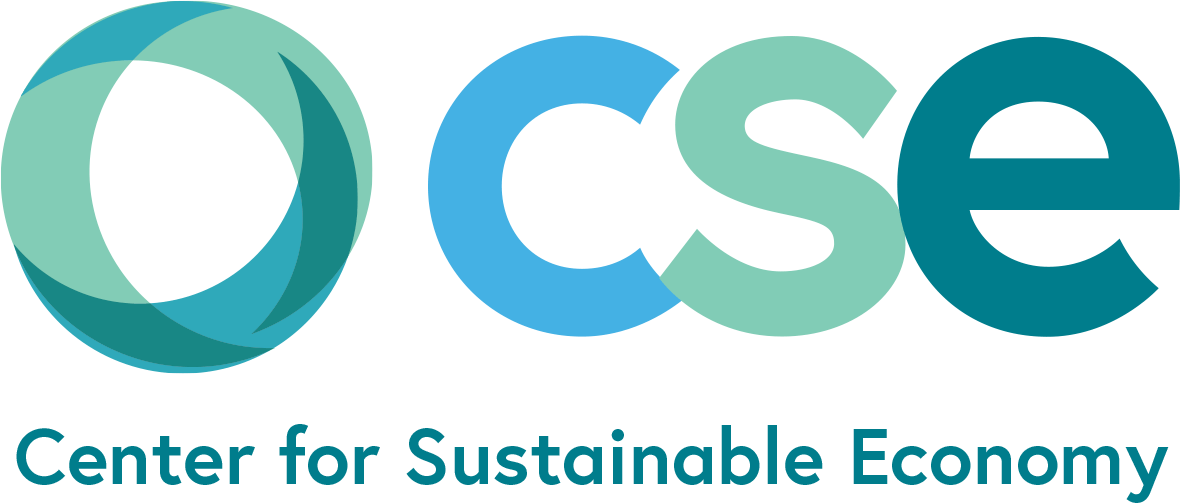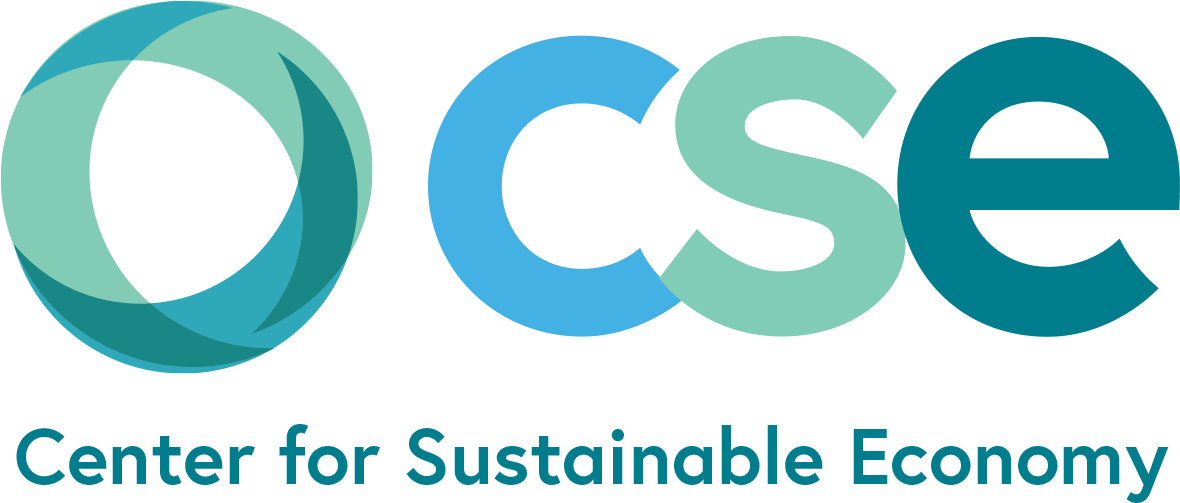New Research Finds EU’s Welfare Increasingly Divergent with GDP Growth
John Talberth • February 27, 2024
GPI 2.0 is gaining traction amongst sustainability researchers

In 2017 CSE published the results of an international collaboration updating the methodology for the Genuine Progress Indicator, with an application to the US, the State of Maryland, and the City of Baltimore to demonstrate the applicability of the GPI 2.0 approach at multiple scales. Since that time there has been a proliferation of new research based on GPI 2.0. This new article by Jonas Van der Slycken and Brent Bleys applies GPI 2.0 (also referred to as the Index of Sustainable Economic Welfare) to an evaluation of the EU’s economic performance between 2015 and 2018.
Citation: Jonas Van der Slycken, Brent Bleys,Is Europe faring well with growth? Evidence from a welfare comparison in the EU-15 (1995–2018),Ecological Economics, Volume 217, 2024,108054, ISSN 0921-8009, https://doi.org/10.1016/j.ecolecon.2023.108054.
Link: https://www.sciencedirect.com/science/article/abs/pii/S0921800923003178.
Abstract
This paper is the first to calculate welfare, measured by the Index of Sustainable Economic Welfare (ISEW), for the EU-15 countries in a standardized and comparable way. This paper does so by building on a case study for Belgium by Van der Slycken and Bleys (2023) that puts forward a “2.0 methodology” with two distinct ISEWs that deal with cross-time and cross-boundary issues.
Both welfare and GDP per capita improved in the EU-15 between 1995 and 2018. Yet, there is an important divergence between welfare and GDP: over time experiential welfare per capita and the per capita benefits and costs of present activities improved by respectively 10,5% and 13,4%, which is less than one third and half of the growth in GDP per capita that grew by 32,4%. These welfare trends are mainly driven by individual consumption growth, the shadow economy and welfare losses from income inequality, which compensated about half of the welfare gains of the former two categories.
The gap between welfare and GDP diverged especially after the financial crisis when welfare started stagnating. At the end of the studied period, the EU-15 had already recovered from the financial crisis from a GDP perspective, but not from a welfare view. Since welfare in 2018 was less than 2% lower than the period-maximum, there is no conclusive evidence in favor of the threshold hypothesis at the level of the EU-15. However, the fact that welfare levels in nine countries are more than 5% lower than their peak values signals a clear threshold for these countries. Yet, welfare can be increased beyond previous peaks with postgrowth policies that focus on social and ecological welfare.
Share Post
All Rights Reserved | Center for Sustainable Economy


